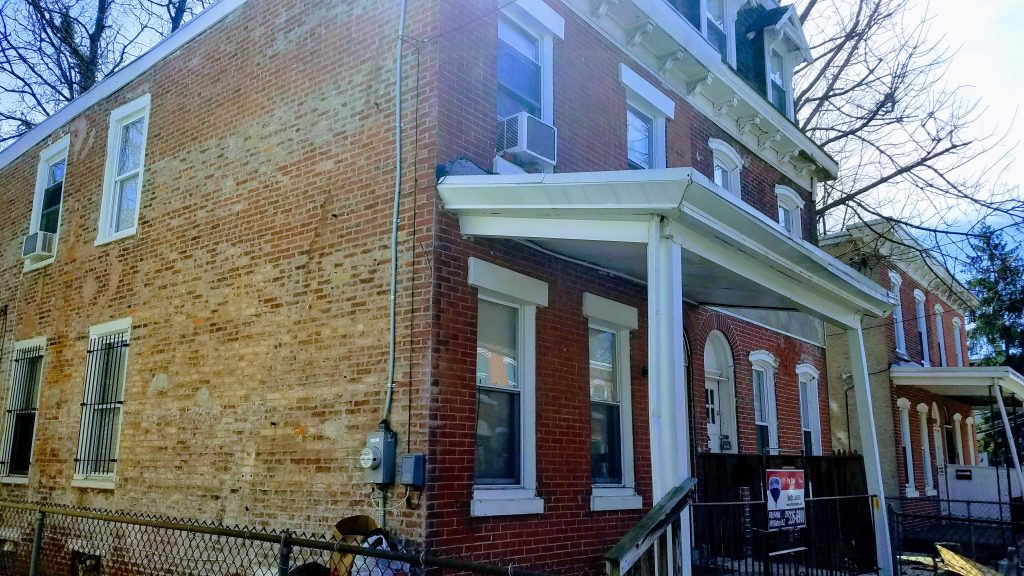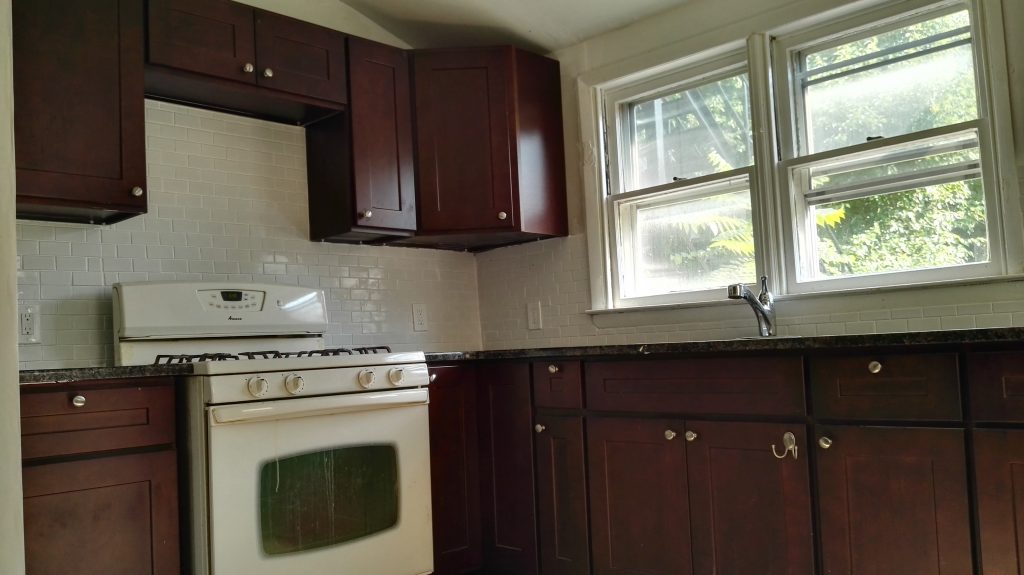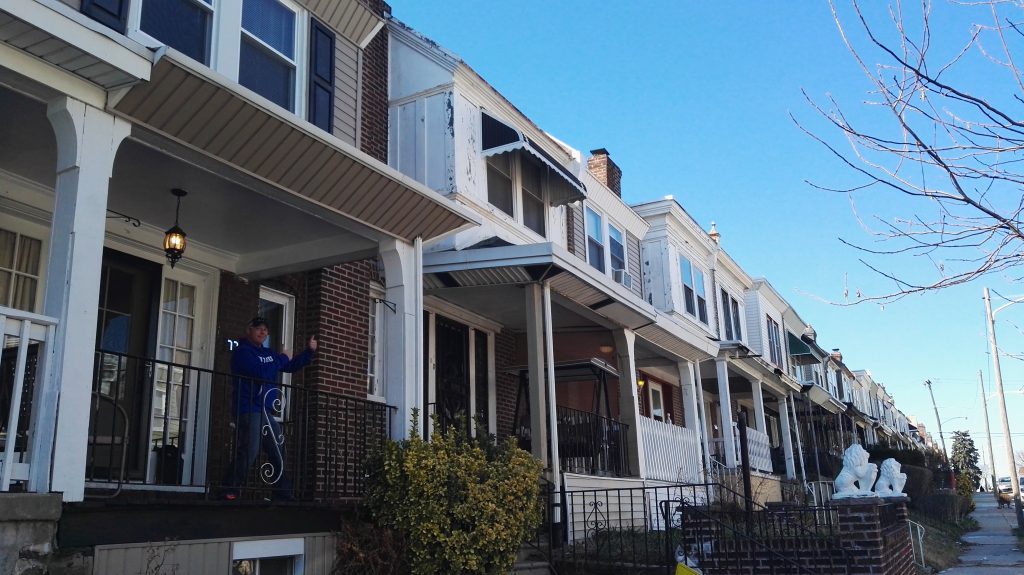Looking over winning investments from the past year, there are two main parameters to look at:
- Net ROI – monthly net income, that is, minus expenses, relative to the amount of initial investment. Analyzing ROI connects to the profit on the investment from the minute the property is leased.
- Appreciation – the rise in property value or the yield. This must be qualified by saying that this number is purely theoretical and is determined by the value of similar properties in the area, if any (referred to as comps). However, until the property is actually sold, this rise in value is purely speculative in nature.
At the end of every process, we analyze the results of the investment overall. The following list presents the standout investments in terms of success. Successful real estate investment is a combination of having the right investment strategy, appropriate management, and some luck.
Fifth Place: Home of A., East Germantown

Property: 3 beds 1.5 baths in a twin house
Location: Quiet street near Germantown Avenue and Mount Airy
Cost: $69,000
Total investment including renovation: $91,000
Monthly rent: $1,150
Net ROI: 10.1%
Value after one year: $135,000 = ↑48%
A good combination of monthly income with a rise in value that in our opinion has only just begun to go up.
Fourth Place: Home of Y. and L., Bristol

Property: Twin, 5 beds, massive renovation
Location: Town of Bristol, just outside of Philadelphia
Cost: $64,000
Total investment including renovation: $128,000
Monthly rent: $1,750
Net ROI: 13.2%
Value after one year: $140,000 = ↑9.3%
Fantastic monthly income due to a slow rise in value that we believe will continue to grow and change in the very near future.
Third Place: Home of A., Oak Lane

Property: Twin home, 5 beds, substantially renovated
Location: West Oak Lane neighborhood
Cost: $75,000
Total investment including renovation: $112,000
Monthly rent: $1,450
Net ROI: 10.2%
Value after one year: $165,000 = ↑47%
From the judges’ explanation: This investment combines an excellent yield with a rise in value which, to be very honest, surprised us.
Second Place: Our House in Cedarbrook

Property: 3 beds, substantially renovated, off market
Location: Quiet street near northwest Philadelphia
Cost: $71,000
Total investment including renovation: $108,000
Monthly rent: $1,300
Net ROI: 11%
Value after one year: $165,000 = ↑52%
A straightforward, seamless deal.
First Place: Home of M., Germantown

Property: 3 beds, substantially renovated
Location: Quiet street near the reawaking Germantown Avenue
Cost: $52,000
Total investment including renovation: $92,000
Monthly rent: $1,200
Net ROI: 11.4%
Value after one year: $160,000 = ↑73%
The numbers speak for themselves, well done M.
It’s only fitting here to add that alongside the attractive figures here, there have also been investments that attained less-attractive profits and yields. Real estate investment, whether in the United States or anywhere else in the world is not an exact science. The reasons are usually problems that came up during renovation that required expanding the budget beyond what had originally been foreseen, various bureaucratic problems that cause delays in the schedule, delayed payments from tenants, theft of a motor or air conditioner and taking care of special repairs in household pipelines that have been blocked or damaged by tree roots. These types of incidents can affect monthly income (not yield), decreasing the ROI to about 8% over two years.
* Some details have been changed in order to preserve privacy, except for yield and increase in value which are reported precisely here.
Taking risks in U.S. real estate investment – what could go wrong?
Anyone who understands even a little about finance knows that playing it safe is very risky. What that means is that if there’s no risk in a particular investment, it’s pretty clear that the yield won’t be worthwhile either. However, unlike investing in the stock market, in real estate, we have a little more control over the kinds of deals we enter into, and by following smart business practices, we can mitigate the risks. However, we can’t possibly control every single factor, or anticipate all the surprises associated with owning a house. So what’s the solution? Taking into account the obvious risks and adjusting our expectations accordingly.